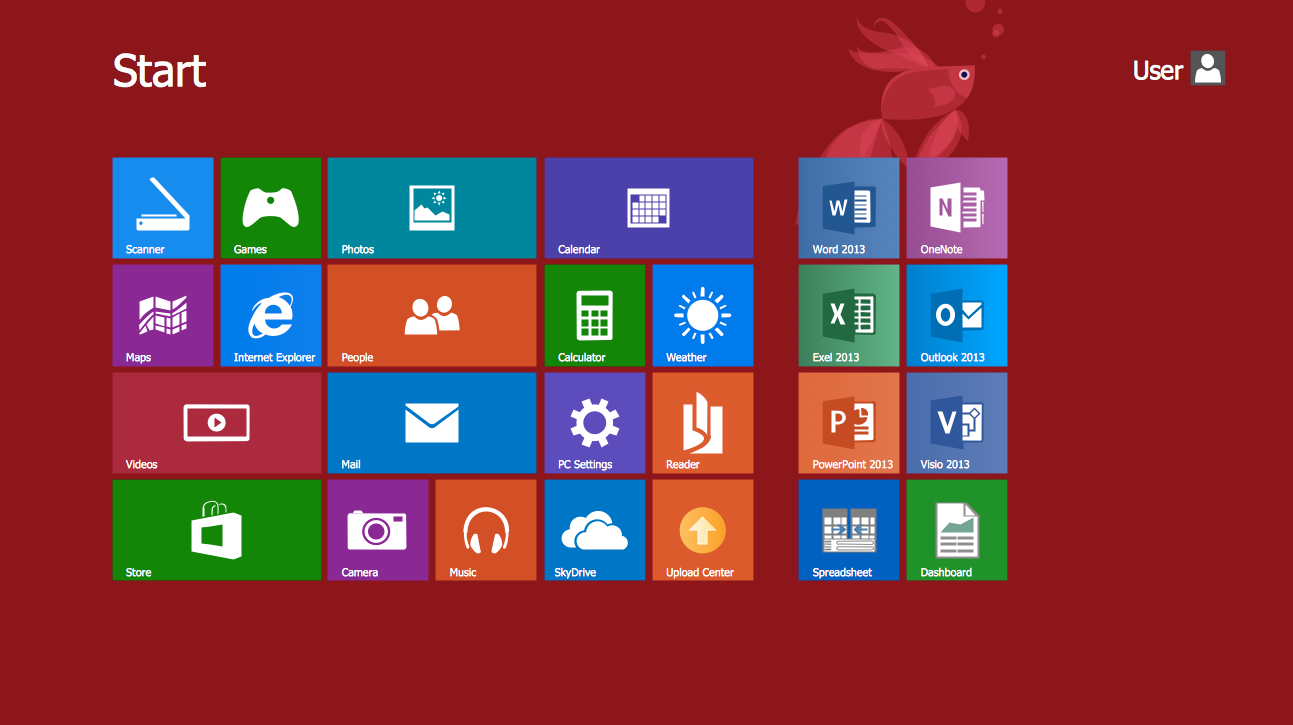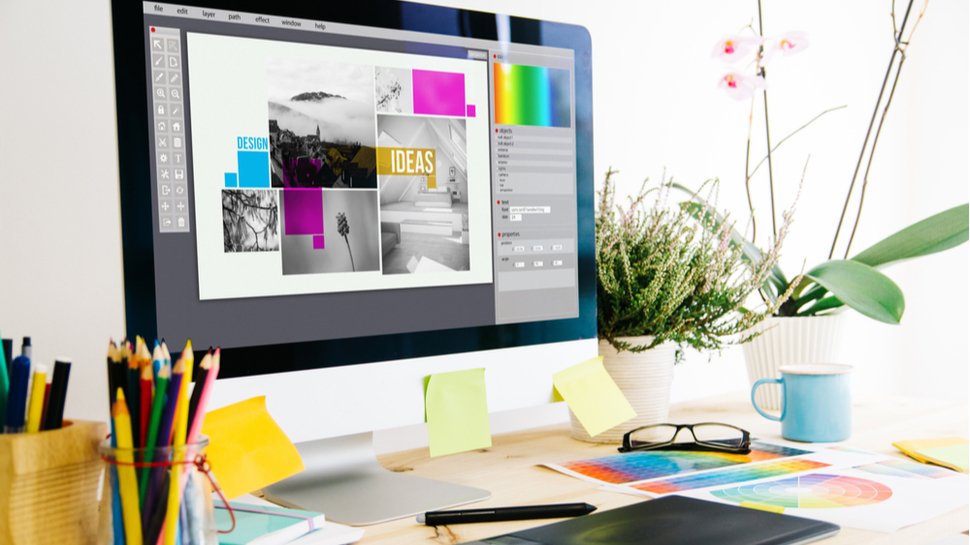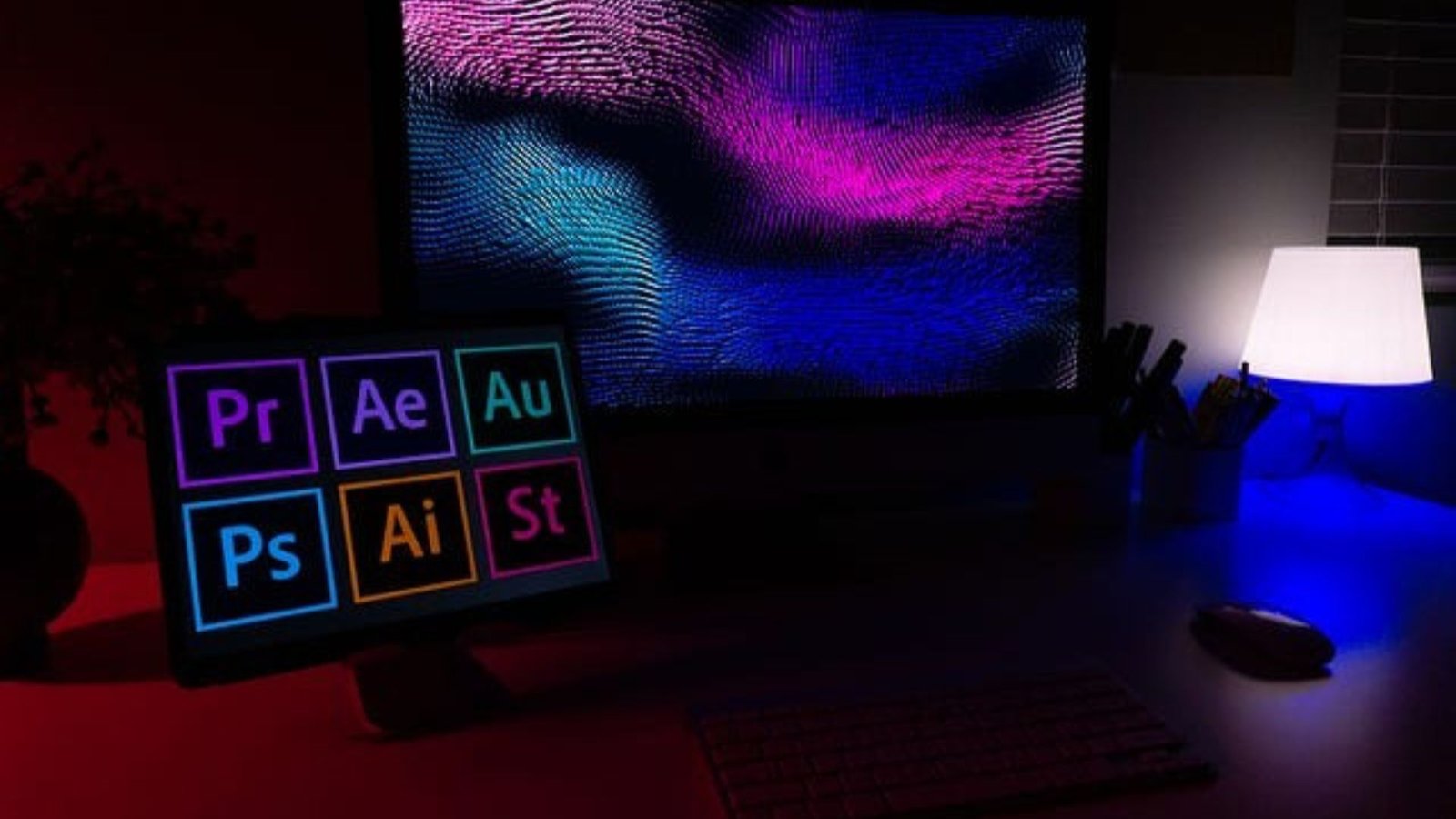Creating engaging and efficient user interfaces is crucial in today’s tech-driven world. When it comes to designing user interfaces with computer graphics, the possibilities are limitless. Computer graphics bring life and functionality to interfaces, ensuring that users have a seamless and visually appealing experience. In this article, we’ll walk you through the essential steps and best practices for crafting outstanding user interfaces using computer graphics.
Why Designing User Interfaces with Computer Graphics Matters
User interfaces (UIs) are how people interact with software, apps, and websites. By incorporating computer graphics, you enhance the aesthetics, usability, and overall functionality of the UI. Whether it’s the smooth animation on a button or the intuitive layout of a dashboard, computer graphics can make a significant difference. Effective designing user interfaces with computer graphics helps to create an intuitive experience that keeps users engaged and satisfied.

Start with a Clear Objective
Before jumping into the design, it’s essential to define the purpose of your interface. Think about what you want users to achieve and how your design can support them. For example:
- Is the interface for a gaming application?
- Does it serve as a dashboard for business analytics?
Knowing your objective will guide every decision you make in the design process. Designing user interfaces with computer graphics should always be centered on the user’s needs.
Choose the Right Tools and Software
The tools you use play a significant role in the outcome of your design. Popular software like Adobe XD, Figma, and Blender provides advanced features for creating detailed graphics and interactive designs. Choosing the right tools allows you to bring your vision to life more efficiently. In addition, some tools offer templates and pre-made elements, which can save time while ensuring professional results.
Focus on Simplicity and Usability
While graphics can make interfaces visually stunning, it’s important not to overdo them. A cluttered design with too many elements can confuse users. Keep your design simple by using clean lines, balanced layouts, and appropriate spacing. Simplicity not only makes your interface look professional but also improves usability.
When designing user interfaces with computer graphics, ensure that every element has a purpose. Avoid adding unnecessary graphics that don’t contribute to the user’s experience.
Use Colors and Typography Wisely
Colors and fonts play a vital role in UI design. Vibrant colors can draw attention to important features, while softer tones can create a relaxing environment. Similarly, choosing the right typography ensures that your content is easy to read and aligns with the overall style of the interface.
For example, a gaming app may use bold, dynamic fonts and bright colors, whereas a business app might require professional tones and simple typography. These choices make a big difference in how users perceive and interact with your design.
Incorporate Responsive Graphics
In today’s multi-device world, your user interface needs to work seamlessly across different screens. Responsive graphics ensure that your design adapts to various devices, including desktops, tablets, and smartphones. Responsive designing user interfaces with computer graphics is key to creating an inclusive experience for all users.
Enhance Interactivity with Animations
Animations are a powerful tool to make interfaces feel dynamic and engaging. For example, buttons that change color when clicked or menus that slide smoothly into view enhance the user experience. When done correctly, animations provide visual feedback and guide users through your interface.
However, avoid overusing animations, as too many can slow down the performance of your application and frustrate users.
Test Your Design
Testing is an essential step in designing user interfaces with computer graphics. After creating your design, test it with real users to ensure it’s intuitive and effective. Gather feedback to identify areas for improvement and make adjustments based on user behavior. Testing helps you refine the design and deliver the best possible experience.
Keep Accessibility in Mind
Accessibility ensures that your design is usable by everyone, including people with disabilities. Incorporate features like screen-reader compatibility, clear contrast between text and background, and alternative text for images. Making your design accessible is not only a best practice but also demonstrates your commitment to inclusivity.
Iterate and Improve
Design is an ongoing process. Even after launching your interface, continue to gather feedback and analyze how users interact with it. Use this information to make improvements and keep your design fresh and relevant. With technology constantly evolving, staying updated on trends and tools in designing user interfaces with computer graphics is essential.
Conclusion
Designing user interfaces with computer graphics is a blend of creativity and functionality. By focusing on simplicity, usability, and responsiveness, you can create interfaces that leave a lasting impression on users. Always keep the user’s needs at the center of your design, and don’t hesitate to test and refine your work. With these best practices, you can build visually stunning and highly functional user interfaces that stand out in today’s competitive digital world.




